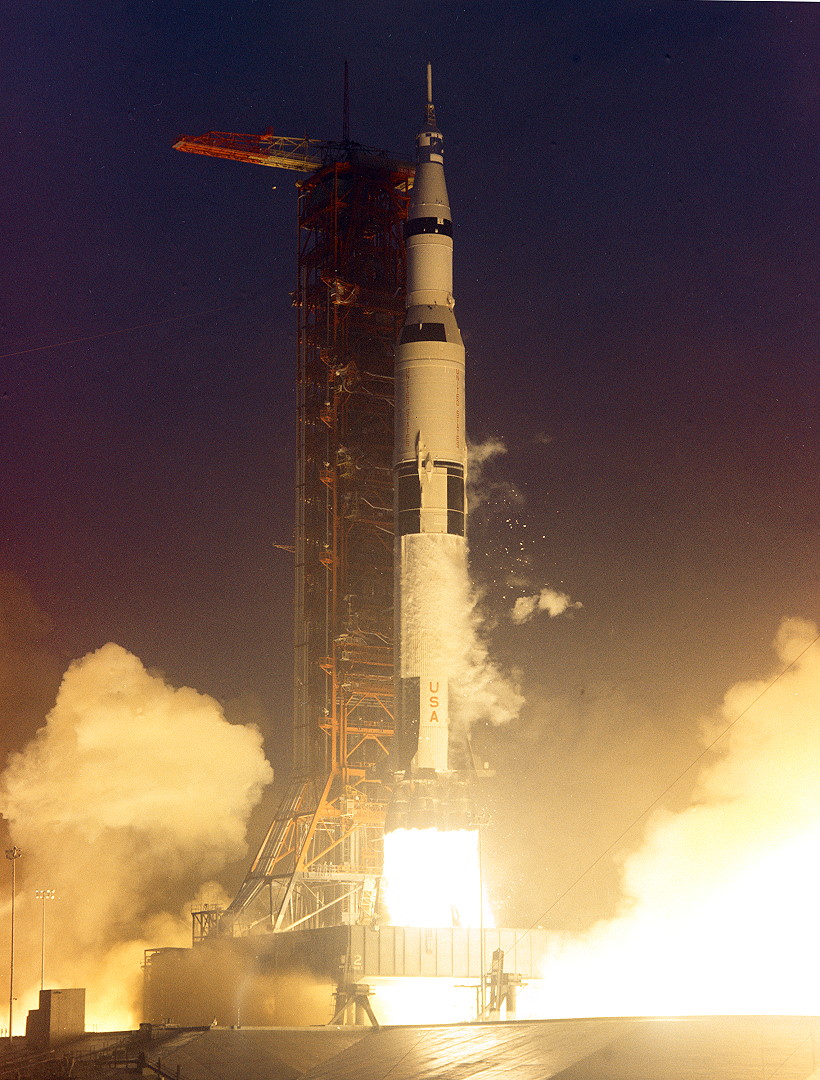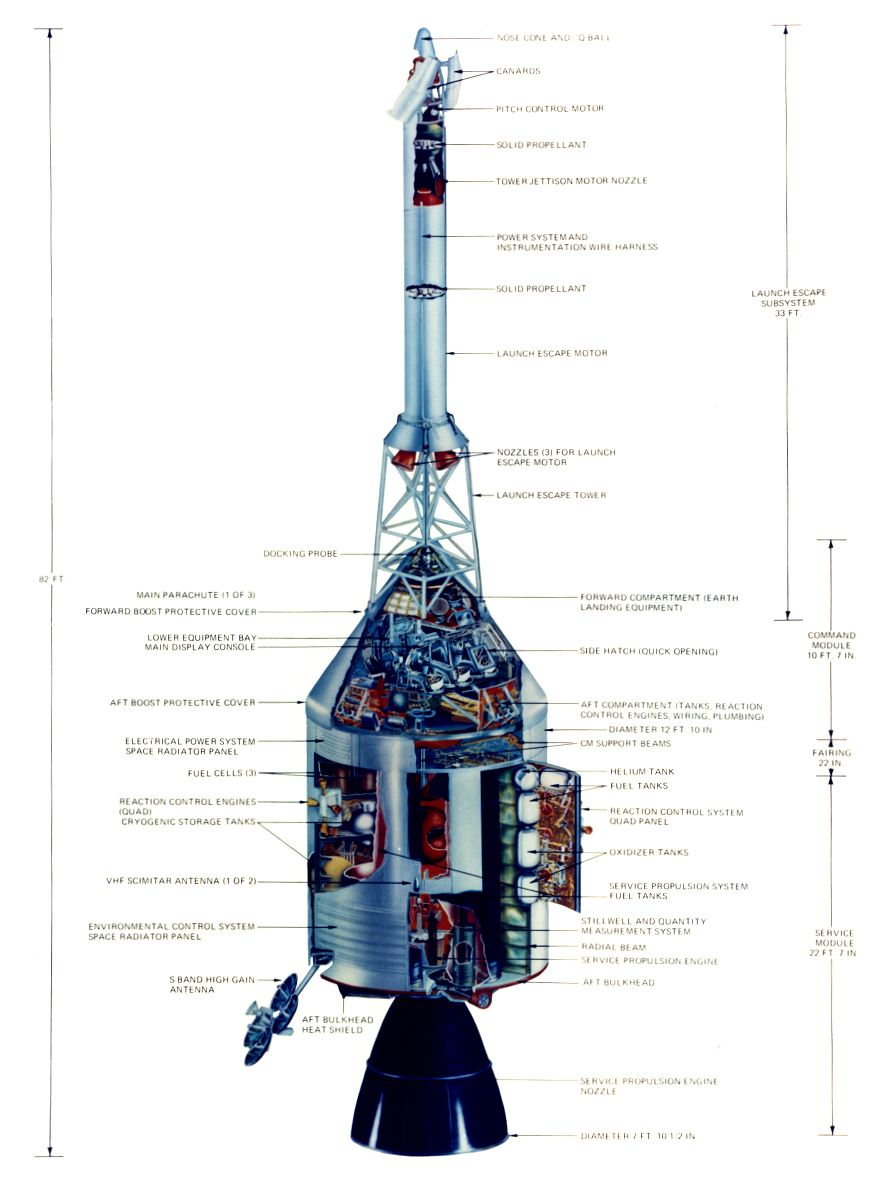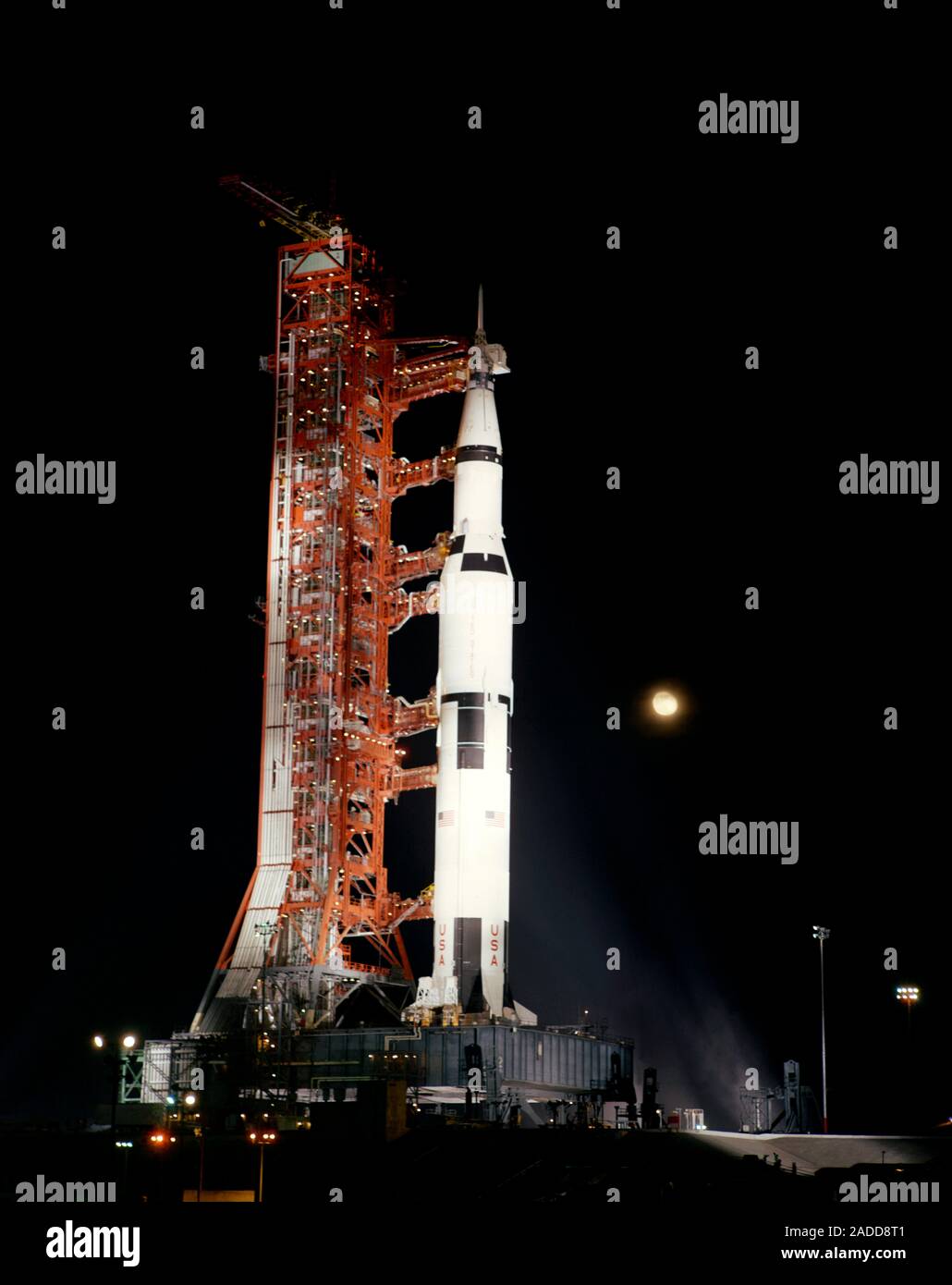Apollo 12 Rocket Ship Drake: A Deep Dive Into The Iconic Spacecraft And Its Legacy
Apr 08 2025
So listen up, folks, because we’re about to take you on a journey that’s outta this world. The Apollo 12 Rocket Ship Drake is one of those stories that blends history, science, and even a touch of pop culture. Imagine this: it’s the late 1960s, and humanity’s dream of reaching the Moon is becoming a reality. But wait, there’s more! We’re not just talking about any old rocket ship here. We’re diving deep into Apollo 12, the mission that proved NASA could do it again after Apollo 11. Oh, and let’s not forget the Drake connection—yes, the rapper himself has been linked to this iconic spacecraft in some pretty interesting ways. Stick around, and we’ll break it all down for you.
This article isn’t just about facts and figures. It’s about the spirit of exploration, the challenges faced, and the triumphs achieved. Apollo 12 was no walk in the park—it had its fair share of drama, including a lightning strike during launch. But hey, when life gives you lemons, you build a spaceship and head to the Moon, right? We’ll explore the mission’s objectives, the crew behind it, and why it still resonates today. Plus, we’ll throw in some Drake vibes because, well, why not?
Before we dive headfirst into the nitty-gritty, let’s set the stage. Apollo 12 wasn’t just another Moon mission. It was a testament to human ingenuity, resilience, and the unyielding pursuit of knowledge. And if you’re wondering how Drake fits into all this, don’t worry—we’ve got you covered. From space exploration to music inspiration, this article will leave you with a newfound appreciation for both the Apollo program and the global phenomenon that is Drake. Let’s get started!
Read also:Master The Blue Salt Trick Recipe A Unique Culinary Experience
Table of Contents
- Mission Overview: What Was Apollo 12 All About?
- Crew Biography: Meet the Astronauts Who Made It Happen
- Rocket Details: The Saturn V Behind Apollo 12
- Mission Challenges: Lightning Strikes and Lunar Landings
- Drake Connection: How the Rapper Ties Into Apollo 12
- Mission Impact: The Legacy of Apollo 12
- Long-Term Effects: How Apollo 12 Changed Space Exploration
- Future Missions: What’s Next for Lunar Exploration?
- Fun Facts: Interesting Nuggets About Apollo 12
- Conclusion: Why Apollo 12 Still Matters Today
Mission Overview: What Was Apollo 12 All About?
Alright, let’s kick things off with a quick rundown of what Apollo 12 was all about. Launched on November 14, 1969, Apollo 12 was NASA’s second successful Moon landing mission. The goal? To build on the success of Apollo 11 and conduct more scientific experiments on the lunar surface. This wasn’t just about planting a flag; it was about gathering data, exploring new areas, and proving that humans could consistently land on the Moon.
One of the coolest things about Apollo 12 was its precision. Unlike Apollo 11, which landed near the Sea of Tranquility, Apollo 12 aimed for a specific target: the Ocean of Storms. The mission also visited the Surveyor 3 spacecraft, which had landed on the Moon two and a half years earlier. This allowed scientists to study the effects of long-term exposure to the lunar environment.
But wait, there’s more! Apollo 12 wasn’t just about science. It was about pushing the boundaries of what humans could achieve. The mission proved that space exploration wasn’t just a one-time thing—it was a long-term commitment to understanding our universe. And honestly, who wouldn’t want to be part of something that epic?
Key Objectives of Apollo 12
- Conduct scientific experiments on the lunar surface
- Land near the Surveyor 3 spacecraft for analysis
- Test the precision of lunar landings
- Gather samples of lunar soil and rock
Crew Biography: Meet the Astronauts Who Made It Happen
Behind every great mission are the people who make it possible. Apollo 12 was no exception. The crew consisted of Commander Charles "Pete" Conrad, Lunar Module Pilot Alan L. Bean, and Command Module Pilot Richard F. Gordon. These guys weren’t just astronauts—they were trailblazers who dared to dream big.
Crew Members
| Name | Role | Date of Birth | Notable Achievements |
|---|---|---|---|
| Charles "Pete" Conrad | Commander | June 2, 1930 | Third American to walk in space, second person to walk on the Moon |
| Alan L. Bean | Lunar Module Pilot | March 15, 1932 | Fourth person to walk on the Moon, later became an artist |
| Richard F. Gordon | Command Module Pilot | October 5, 1929 | Conducted extravehicular activities during Gemini 11 |
These astronauts weren’t just skilled pilots—they were scientists, engineers, and adventurers. Their dedication and courage made Apollo 12 a success, and their legacy continues to inspire generations of space enthusiasts.
Rocket Details: The Saturn V Behind Apollo 12
Now, let’s talk about the star of the show: the Saturn V rocket. This beast was the workhorse of the Apollo program, and it played a crucial role in getting Apollo 12 to the Moon. Standing at a towering 363 feet, the Saturn V was the most powerful rocket ever built at the time. It had three stages, each designed to propel the spacecraft further into space.
Read also:Mimi Rogers And Tom Cruise A Look Into Their Relationship And Careers
One of the most fascinating aspects of the Saturn V was its ability to deliver payloads to the Moon. The first stage, powered by five F-1 engines, generated a whopping 7.5 million pounds of thrust. The second stage used five J-2 engines, while the third stage had a single J-2 engine that sent the spacecraft into lunar orbit. Talk about power!
But here’s the kicker: the Saturn V wasn’t just about brute force. It was a marvel of engineering that combined cutting-edge technology with precision craftsmanship. Without it, Apollo 12—and the entire Apollo program—wouldn’t have been possible.
Mission Challenges: Lightning Strikes and Lunar Landings
No mission is without its challenges, and Apollo 12 was no exception. Just 36 seconds after liftoff, the Saturn V was hit by lightning—not once, but twice! The crew and ground control had to act fast to ensure the mission could continue. Thanks to the quick thinking of NASA engineers, the spacecraft was able to reset its systems and proceed as planned.
Once on the Moon, the crew faced another challenge: navigating the rugged terrain of the Ocean of Storms. Unlike the relatively smooth surface of the Sea of Tranquility, this area was filled with craters and boulders. But the astronauts were up to the task, and they successfully completed their mission objectives.
These challenges highlight the resilience and adaptability of the Apollo 12 team. They prove that even in the face of adversity, humans can achieve great things when they work together.
Drake Connection: How the Rapper Ties Into Apollo 12
Now, let’s talk about the elephant in the room—or should we say, the rocket in the sky? Drake, the global music sensation, has been linked to Apollo 12 in some pretty interesting ways. It all started when he wore a custom-designed jacket featuring the Apollo 12 mission patch. The jacket, created by renowned designer Heron Preston, quickly became a viral sensation.
But the connection goes deeper than just fashion. Drake has often spoken about his admiration for space exploration and the Apollo program. In interviews, he’s mentioned how the Moon landings inspire him to push boundaries and aim for greatness. It’s a testament to the universal appeal of space exploration and its ability to unite people from all walks of life.
So, the next time you hear Drake’s music, take a moment to think about the Apollo 12 mission and the incredible achievements it represents. Who knows? Maybe one day, he’ll even write a song about it!
Mission Impact: The Legacy of Apollo 12
The impact of Apollo 12 extends far beyond the Moon. This mission paved the way for future lunar explorations and demonstrated the importance of scientific research in space. The data collected during Apollo 12 has been used to advance our understanding of the Moon and the universe as a whole.
Moreover, Apollo 12 inspired countless people to pursue careers in science, technology, engineering, and mathematics (STEM). It showed the world what humans are capable of when they set their minds to something. And let’s not forget the cultural impact—it’s no coincidence that space exploration continues to captivate audiences worldwide.
In short, Apollo 12 wasn’t just a mission—it was a movement. Its legacy lives on in the hearts and minds of those who dare to dream big.
Legacy Highlights
- Advanced scientific understanding of the Moon
- Inspired future generations of scientists and engineers
- Proved the viability of precision lunar landings
Long-Term Effects: How Apollo 12 Changed Space Exploration
The long-term effects of Apollo 12 are still felt today. This mission laid the groundwork for future lunar missions, including Apollo 13, 14, and beyond. It also inspired the development of new technologies and techniques that have been used in space exploration ever since.
One of the most significant impacts of Apollo 12 was the establishment of the Apollo Lunar Surface Experiments Package (ALSEP). This suite of scientific instruments was left on the Moon to gather data long after the astronauts had returned to Earth. It provided valuable insights into the lunar environment and helped scientists understand the Moon’s geology and atmosphere.
As we look to the future, Apollo 12 serves as a reminder of what’s possible when we aim high and work together. Whether it’s returning to the Moon, exploring Mars, or venturing beyond our solar system, the lessons of Apollo 12 will continue to guide us.
Future Missions: What’s Next for Lunar Exploration?
So, what’s next for lunar exploration? NASA’s Artemis program aims to return humans to the Moon by the mid-2020s, with plans to establish a sustainable presence on the lunar surface. This includes building a lunar base and conducting more extensive scientific research.
But it’s not just NASA leading the charge. Private companies like SpaceX and Blue Origin are also working on their own lunar missions. These efforts promise to revolutionize space exploration and bring us closer to realizing the dream of a multiplanetary species.
As we look to the future, it’s clear that the spirit of Apollo 12 lives on. The lessons learned from this mission will continue to inspire and guide us as we push the boundaries of human exploration.
Fun Facts: Interesting Nuggets About Apollo 12
Before we wrap things up, let’s leave you with some fun facts about Apollo 12:
- Apollo 12 was the first mission to successfully land near a previous spacecraft (Surveyor 3).
- The astronauts brought back parts of Surveyor 3 to study the effects of long-term exposure to the lunar environment.
- Pete Conrad’s first words on the Moon were, “Whoopie! Man, that may have been a small one for Neil, but that’s a long one for me.”
- The mission patch for Apollo 12 featured a star and stripes design, symbolizing the crew’s pride in their American heritage.
These facts highlight the unique aspects of Apollo 12 and its



